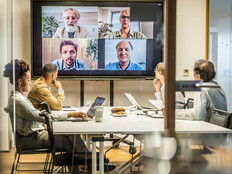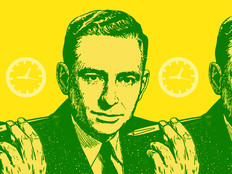How to Survive the Machinery of Government
Our friends in Australia understand the frustration of working in government, but they have ideas about how to work around it.
The acronym MOG may sound like something out of Harry Potter, but in Australia it’s a sometimes unflattering term for “machinery of government” that underscores the frustrations of trying to innovate in a large enterprise.
Those working for the federal government likely understand this as well, but may find solace in learning they share the same struggles as their public sector colleagues around the world.
Ann Steward, the Australian government’s former CIO, told the audience Tuesday morning at the 2015 Management of Change conference in Cambridge, Md., that the key is getting that machinery of government to work for you.
“Government leaders, especially those that come directly from politics, like to stay just below the radar, so their tolerance for risk is low,” Steward said. “The key for me was convincing my minister that the risk was sometimes necessary, and that if we weren’t going to push for changes, we would not accomplish anything of significance. You have to find that supportive disrupter.”
Steward joked she never liked rules, but instead of breaking them she would “give them a strong, sturdy nudge” — her way of testing and expanding the boundaries of her job.
One of her goals, she said, was to avoid the partial transitions that government tended to undertake. In an effort to not rock the boat, she said Australian government leaders were known to not invest fully in transitions, going instead for small changes.
The result was a government that was not adapting fast enough. For example, Steward said her office pushed for an aggressive telepresence program in 2009. It was needed to help reduce the travel by government officials and politicians, many of whom were based far from the nation’s capital in Canberra. It also allowed for better communication with the aboriginal population that lives in the center of the country.
“We ended up savings millions of dollars in travel and providing a tool that increased our communication greatly,” Steward said. “I always liked changes like this that went all the way. It was an idea that needed to happen, but for too long changes like this were far too apart. People didn’t want to fail.”
Steward said government workers, at times, need to be more open to the political leaders who come in during different administrations. She said civilian government employees sometimes resisted interacting with the political leaders, seeing them as outsiders coming in without the knowledge of how government operated at its core level.
Her response was always the opposite.
“Any time there is someone with influence who can help you, then you need to find out how to engage them,” Steward said. “As I said, it’s about finding those supportive disruptors that will empower you.”








